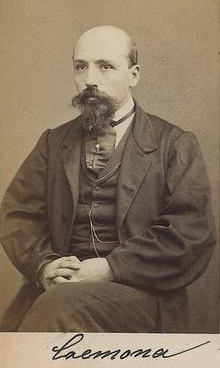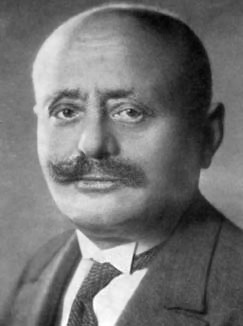
Guido Fubini was an Italian mathematician, known for Fubini's theorem and the Fubini–Study metric.

Eugenio Beltrami was an Italian mathematician notable for his work concerning differential geometry and mathematical physics. His work was noted especially for clarity of exposition. He was the first to prove consistency of non-Euclidean geometry by modeling it on a surface of constant curvature, the pseudosphere, and in the interior of an n-dimensional unit sphere, the so-called Beltrami–Klein model. He also developed singular value decomposition for matrices, which has been subsequently rediscovered several times. Beltrami's use of differential calculus for problems of mathematical physics indirectly influenced development of tensor calculus by Gregorio Ricci-Curbastro and Tullio Levi-Civita.

Giuseppe Vitali was an Italian mathematician who worked in several branches of mathematical analysis. He gives his name to several entities in mathematics, most notably the Vitali set with which he was the first to give an example of a non-measurable subset of real numbers.

Oscar Chisini was an Italian mathematician. He introduced the Chisini mean in 1929.
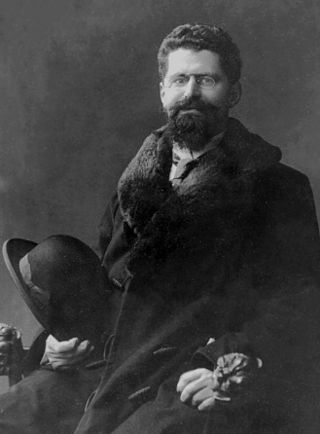
Francesco Severi was an Italian mathematician. He was the chair of the committee on Fields Medal on 1936, at the first delivery.

Abramo Giulio Umberto Federigo Enriques was an Italian mathematician, now known principally as the first to give a classification of algebraic surfaces in birational geometry, and other contributions in algebraic geometry.

Beniamino Segre was an Italian mathematician who is remembered today as a major contributor to algebraic geometry and one of the founders of finite geometry.
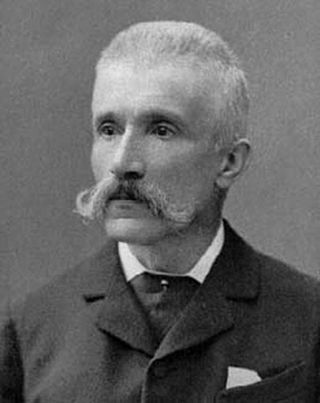
Francesco Brioschi was an Italian mathematician.
In algebraic geometry, the Cremona group, introduced by Cremona, is the group of birational automorphisms of the -dimensional projective space over a field . It is denoted by or or .

Barnaba Tortolini was a 19th-century Italian priest and mathematician who played an early active role in advancing the scientific unification of the Italian states. He founded the first Italian scientific journal with an international presence and was a distinguished professor of mathematics at the University of Rome for 30 years. As a mathematics researcher, he had more than one hundred mathematical papers to his credit in Italian, French, and German journals.
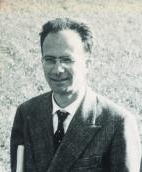
Guido Zappa was an Italian mathematician and a noted group theorist: his other main research interests were geometry and also the history of mathematics. Zappa was particularly known for some examples of algebraic curves that strongly influenced the ideas of Francesco Severi.

Enzo Martinelli was an Italian mathematician, working in the theory of functions of several complex variables: he is best known for his work on the theory of integral representations for holomorphic functions of several variables, notably for discovering the Bochner–Martinelli formula in 1938, and for his work in the theory of multi-dimensional residues.

Giovanni Battista Rizza, officially known as Giambattista Rizza, was an Italian mathematician, working in the fields of complex analysis of several variables and in differential geometry: he is known for his contribution to hypercomplex analysis, notably for extending Cauchy's integral theorem and Cauchy's integral formula to complex functions of a hypercomplex variable, the theory of pluriharmonic functions and for the introduction of the now called Rizza manifolds.

Ettore Bortolotti was an Italian mathematician.

Antonio Fais was an Italian mathematician and railway engineer. He was rector at the University of Cagliari from 1897 to 1898.

Onorato Nicoletti was an Italian mathematician.
Giulio Pittarelli was an Italian mathematician, specializing in descriptive geometry and algebraic geometry.

Giuseppina Masotti Biggiogero was an Italian mathematician and historian. Known for her work in algebraic geometry, she also wrote noted histories of mathematicians, like Maria Gaetana Agnesi and Luca Pacioli. She was a member of the Lombard Institute Academy of Science and Letters and won both the Bordoni Prize and Torelli Prize for her work.
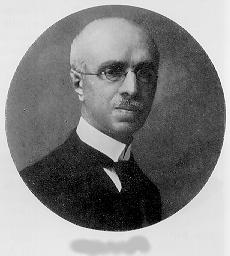
Luigi Berzolari (1863–1945) was an Italian mathematician.
Laura Pisati was an Italian mathematician. She was the first Italian to join the Deutsche Mathematiker-Vereinigung (DMV), in 1905, and in 1908 became the first woman invited to deliver a lecture at International Congress of Mathematicians (ICM).
